As we move further into 2024, eco-friendly materials have taken center stage in interior design. The global push toward sustainability is influencing every facet of our built environments, with homeowners, designers, and architects increasingly seeking ways to minimize environmental impact while maintaining aesthetic excellence and functional comfort. This shift embraces innovative materials, responsible sourcing, and a renewed appreciation for natural elements. As the possibilities for sustainable design continue to expand, interior spaces in 2024 are as conscientious as they are beautiful, reflecting broader cultural and environmental priorities.
Sustainable Wood Alternatives
Bamboo stands out in 2024 as a premier sustainable material, prized for its rapid renewability and adaptability to various design contexts. Unlike traditional hardwood, bamboo can be harvested in as little as three to five years and regenerates without the need for replanting, making it an excellent choice for flooring, cabinetry, and decorative accents. Designers are increasingly opting for engineered bamboo products that rival the hardness and appearance of oak, while offering superior environmental benefits. Its versatility allows seamless incorporation into minimalist spaces and luxe interiors alike, underlining bamboo’s broad appeal.
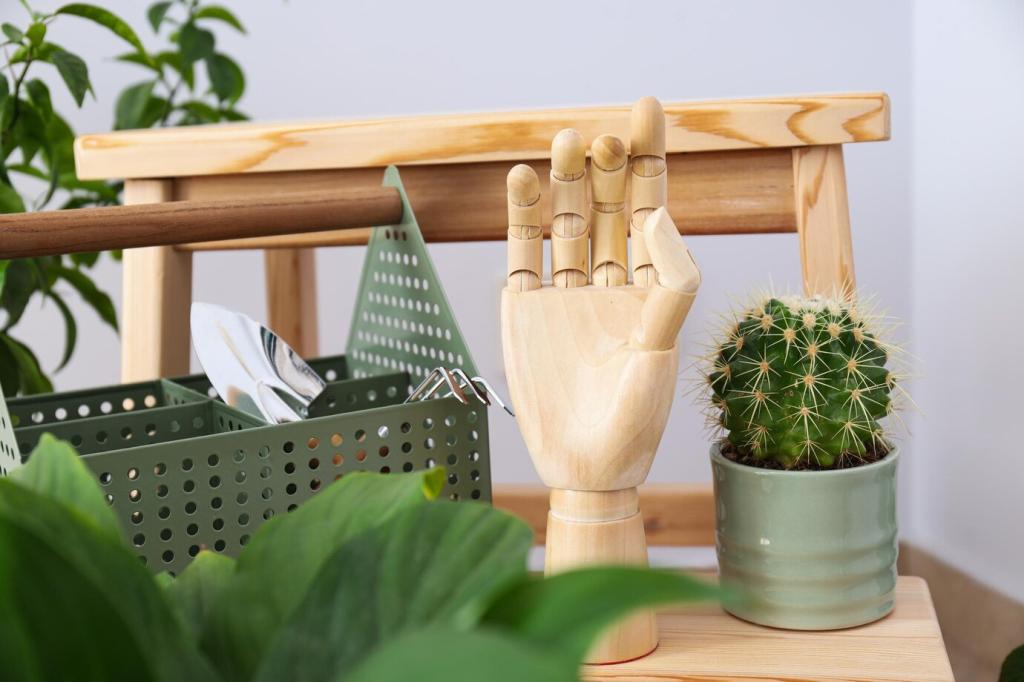
Low-Impact Wall Finishes
Plant-Based and Mineral Paints
Plant-based and mineral paint formulations have come to the forefront of sustainable interior design, providing vibrant and long-lasting color without harmful off-gassing. Modern eco-paints utilize ingredients such as clay, chalk, citrus, and linseed oil, which not only reduce the environmental burden of production but also create welcoming, breathable interiors. The trend reflects a growing recognition of the role indoor air quality plays in occupant well-being, as these paints significantly lower the emission of hazardous substances. Invariably, plant-based and mineral paints underscore thoughtful material choice while delivering a spectrum of fashionable hues for every setting.
Natural Clay and Lime Plasters
Natural clay and lime plasters are returning as wall finish favorites in contemporary ecological interiors, marrying ancient techniques with current design sensibilities. These mineral-based products offer hypoallergenic properties and naturally regulate humidity, contributing to comfort and health in living spaces. Their tactile surfaces introduce warmth, depth, and earthiness, while their minimal processing minimizes the emissions and waste associated with conventional drywall or synthetic finishes. As designers revisit traditional craftsmanship, clay and lime plasters are also easily tinted with natural dyes, making them endlessly customizable for bespoke interiors.
Recycled Content Wallpapers
The move toward recycled content wallpapers is an unmistakable 2024 trend, blending decorative freedom with conscientious production. Wallpapers crafted from repurposed fibers—such as post-consumer paper, recycled textiles, or agricultural byproducts—bring pattern, color, and visual interest to any space. These products are generally printed with water-based, non-toxic inks, further enhancing their appeal for health- and planet-aware clients. Recycled wallpapers represent a long-awaited fusion of personal expression and mindful consumption, lending designers the ability to craft dramatic or subtle backdrops that tell a story of renewal and responsibility.
Previous
Next
Responsible Flooring Solutions
Cork flooring exemplifies renewable design in 2024 interiors, as it is harvested from the bark of cork oak trees without felling or lasting damage to the tree. This process allows cork forests to remain healthy carbon sinks while supporting local economies. Cork’s naturally cushioned texture and thermal insulation properties make it ideal for comfortable, quiet interiors. The material rebounds from compression and resists moisture, making it suitable for kitchens, bathrooms, and high-traffic areas. Cork flooring is celebrated for its unique visual appeal, which ranges from subtle earth tones to intricate patterns created by modern manufacturing techniques.
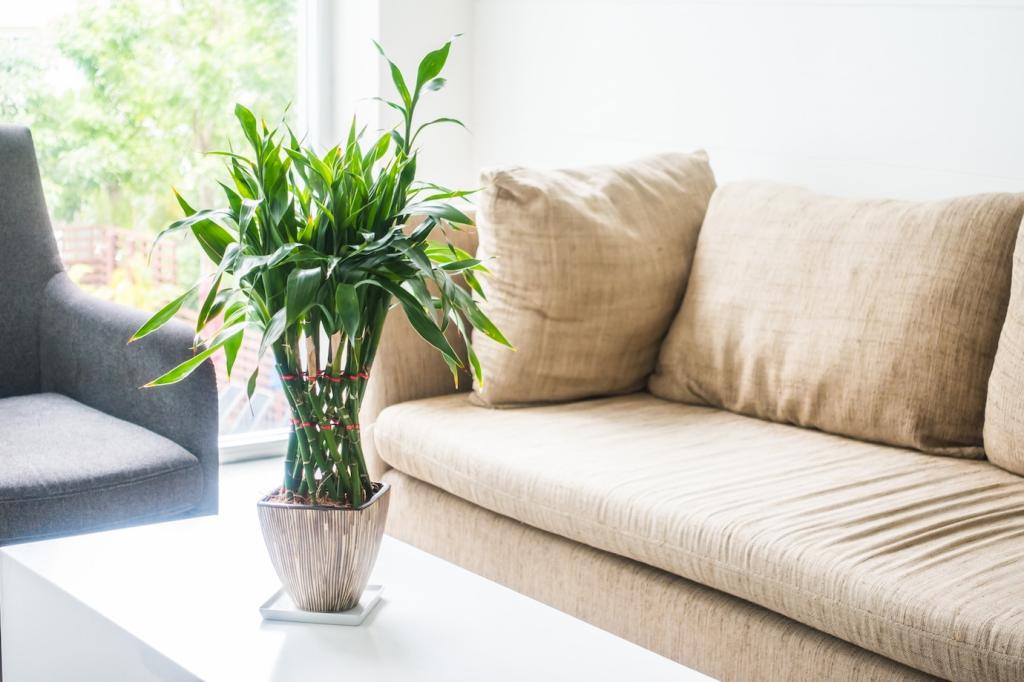
Biophilic Design Elements
Living Green Walls
Living green walls are flourishing in homes and offices alike, providing clean air, humidity regulation, and a powerful visual statement. Using modular panels and hydroponic systems, designers are able to craft lush vertical gardens that require minimal resources beyond set-up and basic maintenance. These installations are not just beautiful—they act as living air filters, absorbing pollutants and oxygenating indoor spaces. The use of native and low-water plants further reduces the environmental footprint, making green walls a sustainable feature that enlivens both small and grand interiors.
Natural Stone Accents
Natural stone remains a sought-after choice for its timeless beauty and potential for low-impact extraction, especially when sourced locally and responsibly quarried. In 2024, designers are gravitating toward limestone, slate, and river rock to add tactile and visual richness to kitchens, bathrooms, and living areas. Stone elements often require little processing, are durable, and can be recycled or repurposed at end of life. Design approaches emphasize the inherent patterns and imperfections of natural stone, resulting in interiors that celebrate their geological origins while remaining deeply sustainable.
Daylighting and Natural Ventilation
Embracing abundant daylight and natural ventilation is a cornerstone of biophilic, eco-friendly design. In 2024, energy-efficient windows, strategic spatial layouts, and operable walls or skylights allow interiors to harness sunlight and fresh air, reducing the need for artificial lighting and HVAC systems. These strategies foster a physiological sense of comfort and connection to the outdoors, while measurably lowering energy consumption. Design analytics and new materials—such as thermally efficient glazing—further improve the performance of spaces that prioritize the rhythm of natural light and airflow.
Circular Economy and Material Reuse
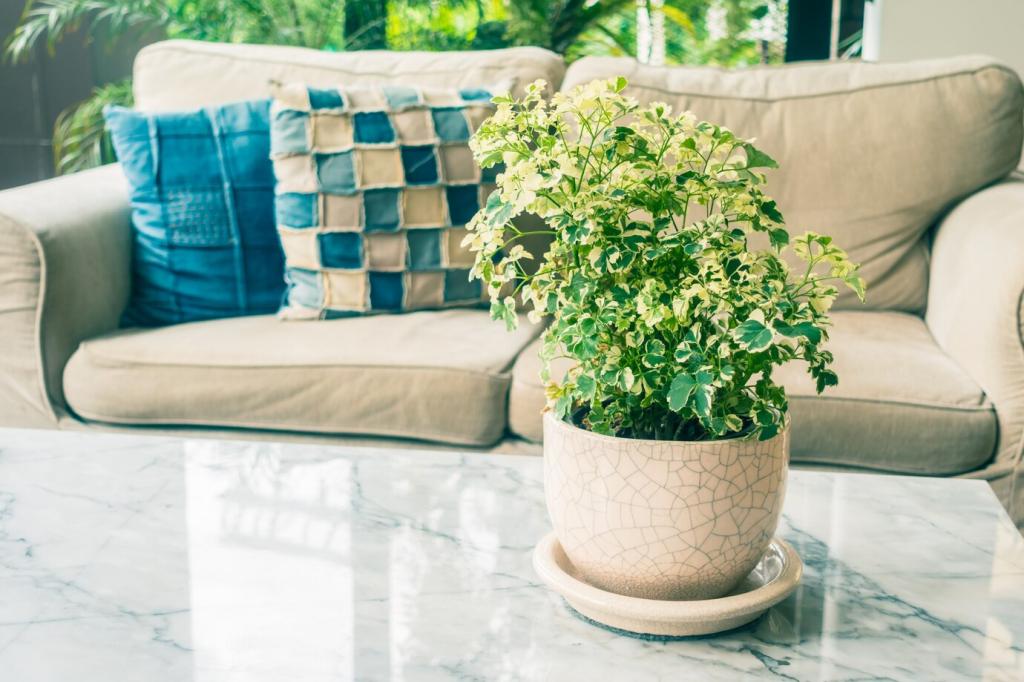
Modular Furniture with Replaceable Components
Modular furniture systems introduced in 2024 embrace the circular ethos by allowing components to be easily replaced, reconfigured, or upgraded. Rather than discarding entire pieces due to minor wear or shifting tastes, users can swap out cushions, legs, or hardware—extending product life and decreasing landfill waste. These smart designs use durable, often recycled materials, and offer the flexibility needed in dynamic living and working environments. The modular movement embodies both economic and environmental sensibility, ensuring furniture adapts and endures with changing needs.
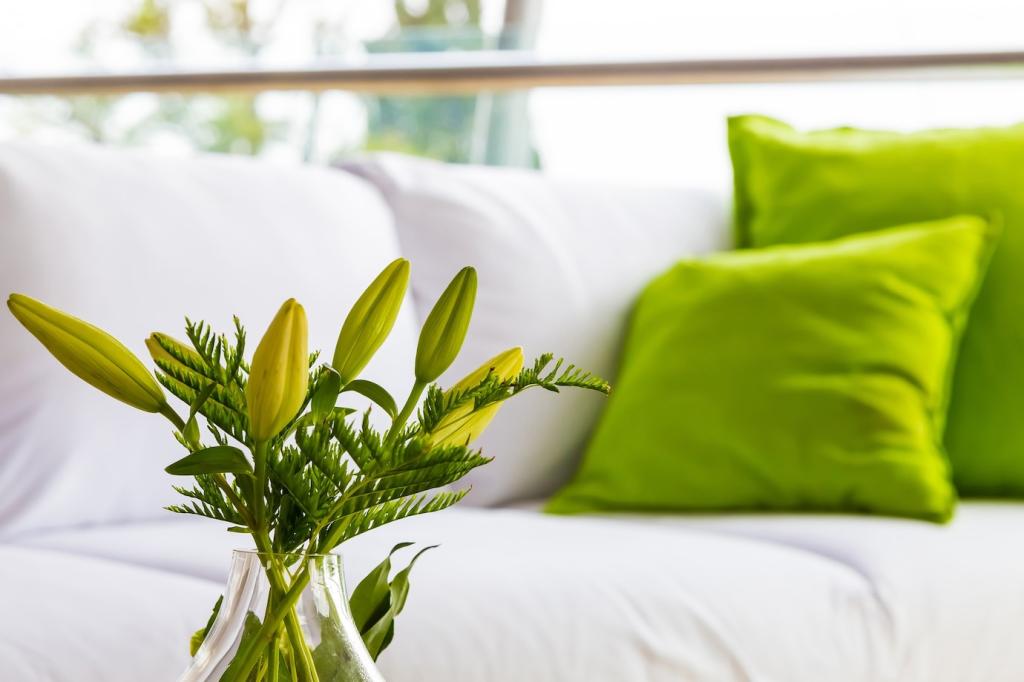
Upcycled Decor and Fixtures
Upcycling is celebrated for its creativity and environmental merit, with 2024 seeing a surge in bespoke decor and fixtures crafted from repurposed items. Industrial pipes become lighting, glass bottles transform into pendant lamps, and timber offcuts become sculptural wall art, each piece carrying the unique history and texture of its former life. Such innovations reduce reliance on virgin resources and invite personal storytelling into the design narrative. Upcycled elements combine artistry and ethics, making striking statements in spaces committed to mindful consumption.

Cradle-to-Cradle Certified Products
The adoption of cradle-to-cradle certified products marks a pivotal shift in interiors, assuring designers and clients that every stage of material life has been considered. These certifications demand transparency in sourcing, manufacturing, use, and eventual recycling or biodegradation, holding brands accountable for their products’ impacts. In 2024, more lighting, flooring, and textiles than ever are designed for continuous cycles of use and reuse, eliminating waste and pollution from the equation. Cradle-to-cradle thinking is redefining luxury—no longer about excess, but about perpetual stewardship.
Health-Focused Material Choices
Formaldehyde-Free Plywood
Formaldehyde, once a common adhesive in plywood and composite wood products, is now widely recognized as a harmful indoor pollutant. New manufacturing methods in 2024 produce plywood using natural or low-emission glues, creating panels free from off-gassing risks. These advances protect indoor air quality while preserving the structural and aesthetic versatility of plywood. Formaldehyde-free options are especially valued in nurseries, bedrooms, and healthcare settings—anywhere clean air is paramount—demonstrating that material health is intrinsic to responsible design.
Non-Toxic Carpet and Underlay
Carpeting and its underlay can be a source of chemical emissions and allergens, prompting a shift in 2024 toward non-toxic alternatives. Wool, jute, and recycled PET carpets finished with plant-based dyes and backings are now readily available, as are underlays made from natural rubber or coconut fibers. These materials release minimal volatile organic compounds and offer natural antimicrobial benefits, supporting healthier living and working spaces. Responsible manufacturers disclose the sources and processing methods of their products, giving consumers confidence in their choices and encouraging wider industry change.
VOC-Free Adhesives and Sealants
One of the less visible yet crucial advances in eco-friendly interiors is the widespread availability of VOC-free adhesives and sealants. Standard glues and caulks often emit volatile organic compounds that contribute to indoor air pollution and respiratory problems. In 2024, new formulations derived from plant or mineral sources offer strong performance without the health risks, making them ideal for installing flooring, tile, or millwork. The availability of low-toxicity binding agents rounds out an integrated approach to interior health, supporting the growing awareness that materials’ integrity extends to their smallest constituents.
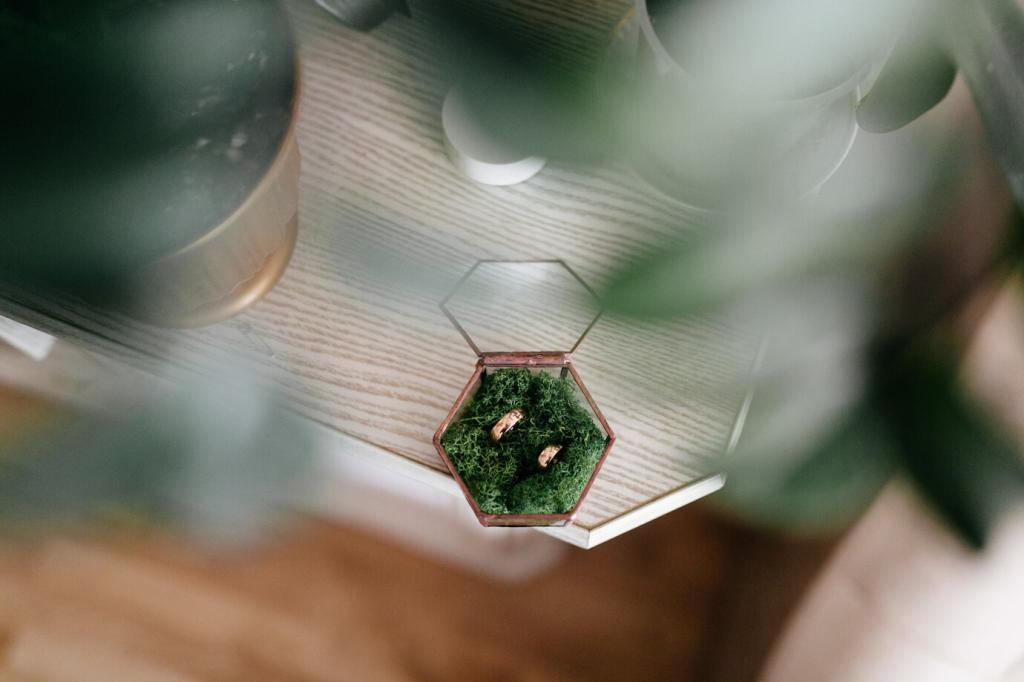
Bio-Based Polymers and Composites
Bio-based polymers—derived from corn, algae, or agricultural waste—are rapidly replacing petroleum-based plastics in everything from furniture to hardware. These innovative materials offer the strength, flexibility, and appearance of conventional plastics but can be composted or recycled at end of life, closing the loop on material cycles. In 2024, designers are experimenting with composites reinforced by natural fibers such as hemp or flax, creating products that are ultralight, strong, and environmentally benign. This material revolution points toward an interiors industry aligned with regenerative, not merely sustainable, values.
Mycelium and Bacterial Growth Structures
One of the most fascinating advances in eco-friendly interiors involves harnessing living organisms to grow building components and decorative objects. Mycelium, the root structure of mushrooms, is cultivated into molds to produce acoustic tiles, furniture, and light fixtures. These items are lightweight, fire-resistant, and fully biodegradable, returning to the earth at the end of their use. Similarly, bacterial cellulose creates translucent leathers and skins for wall panels or upholstery, offering new tactile and visual experiences. These materials promise customizable aesthetics and a radical reduction in resource extraction, reimagining the relationship between the built environment and the natural world.
Digitally Fabricated Zero-Waste Designs
Digital fabrication technologies, including 3D printing and CNC milling, are being employed in 2024 to create custom interiors with minimal waste. Designers can optimize material layouts, reuse offcuts, and produce only what is needed—dramatically reducing the scrap generated by traditional manufacturing. When combined with sustainable feedstocks like recycled plastics or wood composites, these approaches allow eco-friendly materials to reach their full potential. The rise of digital design is democratizing access to bespoke sustainable products, making high-quality, zero-waste interiors achievable at any scale.
Join our mailing list
